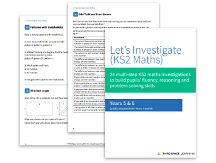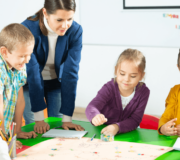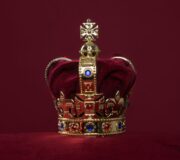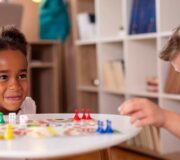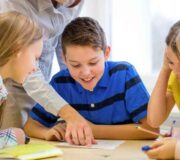How Cross-Curricular Learning Can Bring Maths To Life For Primary School Pupils
While schools grapple with their new, fully intentional curriculum, let’s not forget the value that cross curricular learning can bring to the primary school classroom. Suddenly you’ll find you can fit much more maths into the primary school day – and develop greater opportunities for everyday maths reasoning and problem solving. You’ll be amazed how quickly your pupils will pick up new skills and knowledge!
Life in primary school is more often than not extremely busy. Even some simple, quick maths demonstrates just how much KS2 teachers have to fit in an extremely limited timeframe:
- We begin the week with just twenty-seven and a half hours of teaching time, which is little more than a full day each week.
- The first thing we have to account for is break times (about an hour and a quarter per week?). Total teaching time left: 26.25 hours.
- Then, obviously depending on the year group; we have to figure out how on earth can we squeeze in a couple of hours for literacy and maths every day (that’s 10 hours at least), half an hour of some sort of structured reading activity (an additional 2 ½ hours), and a couple of PE sessions (say, 2 hours). Total teaching time left: 11.75 hours
- Then there’s science – in my mind that needs at least two to three hours… where are we up to? Ok, the total teaching time left: 8.75 hours…
- Then we have languages, probably an hour, right? Then, RE, art, design and technology, computing, have I forgotten something? Oh yes… history and geography, then there’s the pastoral care… oh, and music… Have we had an assembly or collective worship yet? No… Total teaching time left: We’ve run out of time!
Let's Investigate Maths KS2
Develop pupils’ fluency, reasoning and problem-solving skills with 24 multi-step investigations
Locking-In The Learning – How To Avoid Running Out Of Teaching Time
Ok, so it’s clear that this approach to curriculum design won’t work, and to be honest, I’m not sure we should try to make it work.
Subjects taught in isolation and discreetly are not truly indicative of ‘real life’, and ‘real life’ learning is what helps children to learn.
How often when we go about our daily lives do we do all of our learning separately?
I can’t remember a time that I considered reading, and travelling, and practising language skills, and trying new foods, and exercise (usually swimming), to be individual elements of a holiday.
In the same way, if we teach mathematics (or any other relevant KS2 topic), alongside a practical programming problem, then we’ve not only doubled the time we can dedicate to the collective learning against individual lessons, but we’ve multiplied the value of that time by making those cross-curricular links too.
What Is Cross-Curricular Learning?
Cross-curricular learning is a way to combine different school subjects to deliver a curriculum that children find engaging and enjoyable. It has particular pertinence at primary school where so often as the teacher you are the person teaching most if not all of the subjects. It is also referred to as cross-curricular teaching.
When used in the right manner, the benefits of cross-curricular learning are evident immediately. It offers a way for pupils to develop their knowledge, skills and understanding and become motivated to learn through a series of interconnected topics.
How To Bring Cross-Curricular Learning Into The KS2 Classroom
For teachers, cross-curricular learning presents the opportunity to combine learning objectives from different primary school subjects into one lesson, and as well as being a time-saving device it is a great way to ensure engagement for pupils.
However, if you are planning to implement cross-curricular learning in your classroom here’s what you need to remember:
Make meaningful links between topics – When bringing two subjects together, make sure that the links you are making are real and not contrived. It is important to bear in mind whether or not the links will make sense to the pupils as well, because if they do not then engagement levels will likely drop.
For example, if you if you are running an art lesson you could work on the tessellation of shapes when creating a mosaic as it incorporates both maths and art.
Ensure coherence in the lesson – Cross-curricular learning has the potential to get a little overwhelming for pupils if there is not a particular focus. When planning a cross-curricular lesson, you should make sure that there are only one or two lead subjects, with these forming the framework from which you build the lesson out.
Record different subject objectives – Even though you are bringing two (or more) potentially very different subjects together, it is important that you map the learning objectives for each separate subject that will be included in the lesson. This is the only way you will be able to measure your coverage of the national curriculum.
Progress and application are different – Whilst getting a pupil to measure the width of a river on a school trip may combine elements of geography, science and maths, this activity is not going to see their mathematics skills move on leaps and bounds as it is a relatively simple task. However, what it will do is present them with the opportunity to apply and use their maths knowledge and skills in a real life context which is invaluable.
It is also worth remembering when planning your cross-curricular lessons that they are a fantastic way to improve and monitor the ‘soft-skills’ in your class, whether that be confidence, attitude, enjoyment or the value they place on learning.
Assessing soft skills: How to Measure Pupil Attitude and Mindset in Maths
Curriculum design: Beginner’s Guide to Curriculum Development
Ofsted on Curriculum: What Schools Need To Know About the New Framework
Why Cross-Curricular Learning Is Important in Primary Maths
It is no mean feat creating meaningful and constructive interlocking learning opportunities, but we aim for these to be the ones that children remember, which by definition makes the opportunity for learning to be ‘deep learning’, and let’s face it, whoever said their most memorable lesson was worksheet-based?
Often perceived by pupils as one of the more difficult elements of the KS2 curriculum they will face, maths can be a hard subject with which to grab the attention of the whole class.
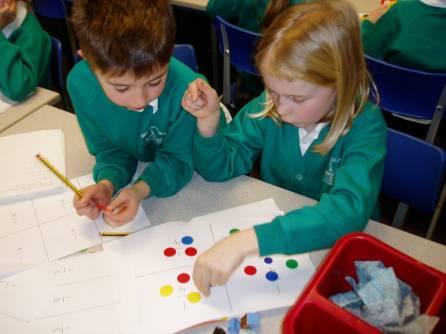
Fortunately though, this is where you can use cross-curricular learning to bring this subject to life.
I’m always flying the maths flag, and when planning any other subject I can’t help but let my mind drift towards opportunities to integrate maths. Whilst I accept I’m perhaps in the minority, I find weaving ‘real life’ or everyday maths into other curriculum areas the most natural thing in the world!
So, to provide you with some inspiration for your class, I am going to run you through some of the ways I have brought everyday maths into my cross-curricular lessons!
Further Reading:
Looking for more ideas for cross-curricular lessons and bringing everyday maths to life?
Cross Curricular Learning Example 1: Royal Wedding Maths
Back in 2011, I was teaching full time in a mixed-age Year 5 and 6 class of 32 in rural North Yorkshire.
A challenging canvas given the close proximity to SATs, and the broad-ranging needs in my classroom, however, TA-less for a few days due to illness, I planned one of my favourite themes in response to the interests of the class, and one that was balanced against the curriculum I needed to teach.
I chose the forthcoming Royal Wedding of William and Kate as my backdrop, and created a mathematical stage.
How I Combined Geography, Science And Maths With The Royal Procession
Firstly, in mixed-ability pairs (ahead of my time, or just led by practicality, who knows!), I asked the children to create a scaled map of London, marking key landmarks, one of which was of course the River Thames, and the points of interest along the route of the Royal Wedding procession that was due to take place in just a few days time.
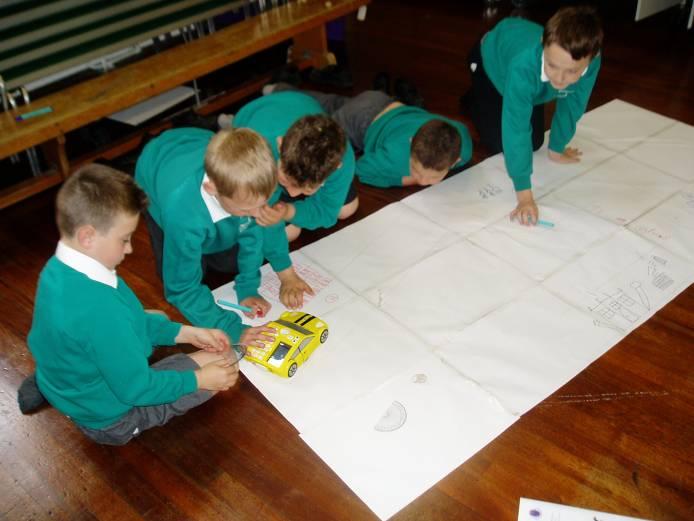
The children proceeded to programme the floor robots, with a William and a Kate lovingly blu-tacked to the windscreen.
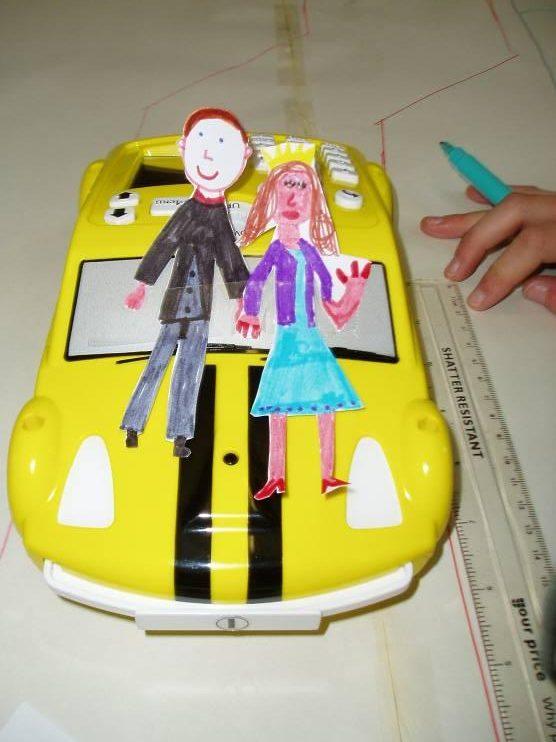
After a quick ‘practice run’, adjustments were made, success criteria reflected upon, and we then fine-tuned our programming skills. After, we progressed the project to a conclusion of timing who could programme their floor robot to manoeuvre the course in the fastest time.
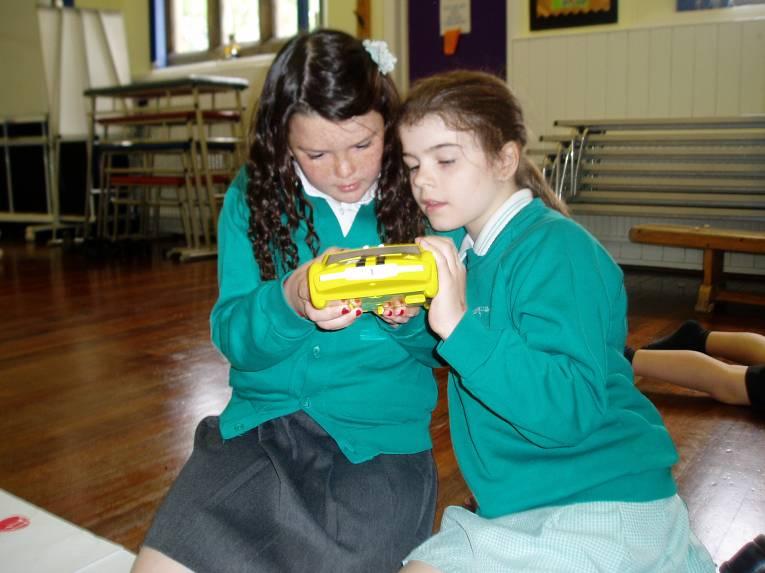
The result of this was that after two days, we had covered a good number of curriculum objectives, but more-importantly we had also included:
- A healthy dose of genuine topical interest;
- mapping skills;
- a detailed discussion around what scaling is in the context of the maps;
- measuring;
- constructing angles;
- using measuring equipment;
- multiplication;
- reasoning and problem solving;
- trial and error;
- computing and programming skills;
- speaking and listening skills;
- presentation skills;
- and of course teamwork…
The list goes on and we haven’t even picked up a newspaper yet to read about the plans for the special day!
Needless to say, the floor robots were out in 2018 for Harry and Meghan too!
Cross Curricular Learning Example 2: RSPB Big Schools Birdwatch Maths
Another favourite of mine is the annual RSPB Big Schools Birdwatch, or as I see it being renamed, The Greatest Opportunity For Data Collection, Analysis and Comparison Ever Gifted to Teachers.

You may have a point if you say the title isn’t quite as catchy as the original, but really, it would describe the opportunity perfectly.
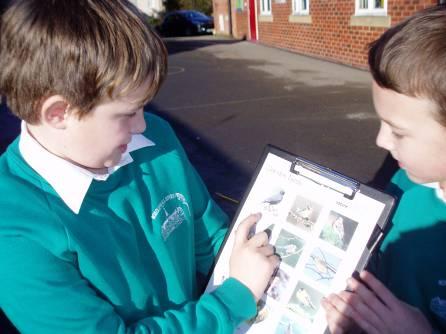
I have previously used the Big Schools Birdwatch as an opportunity to:
- Explore data handling;
- practise the use of data presentation software;
- introduce first-hand exploration of habitats.
We have also realised it is the perfect way to introduce fractions (good to start with tenths), when we make a slight adaptation to the title to ‘One Whole Birdwatch’ – requiring children to observe and note the first ten birds they see, and explore different ways to represent that data set.
Cross Curricular Learning Example 3: Year 3 & 4 Travel Assistants Role Play
As a Year 3/4 teacher, a role play task would be set each week, usually linked to the guided reading theme, or an aspect of the curriculum.
The class were a mixed-age class of 29 Year 3 and Year 4 pupils with predominantly low prior attainment. This week I told the children that they worked for Eddie Brown Coaches and they were to act as booking clerks and complete telephone booking forms within the role play area.
It is amazing how children will find all kinds of problem solving interesting if it is pitched in the right way!
I then gave children time to role play the scenario and complete the forms which detailed; customer details, date of journey, the number of people travelling, where they were travelling to/from, special requests etc.
As you can already see, the ‘checklist’ of curriculum objectives is already extensive!
Everyday Maths At Work In Their Group Activity
Once we had completed a good selection of enquiry forms, I then organised the children into small groups and gave the groups differentiated coach details and costs, a large map of the local area, some highlighters, sticky dots, and an iPad with Route Planner loaded up!
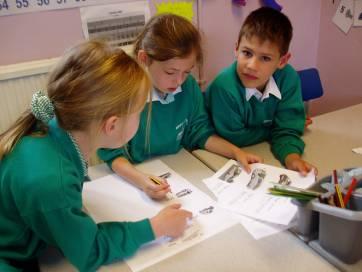
The children had to then:
- Use the booking forms to calculate how many coaches would be needed for the given customers;
- work out the length of the journey;
- calculate the cost of fuel based on consumption;
- calculate the cost of journey based on basic mileage costs;
- locate the start and end points on a map;
- had to ring back the customer and give costs and a rationale that explained how the costs had been compiled!
Nobody ever said the life of an Eddie Brown booking clerk was an easy one!
Cross Curricular Learning Example 4: Using Stories To Support & Enable High-Order Questioning in Maths
My final example of the way in which maths can be ‘locked-in’, is through the use of stories to tap into the emotional response that children naturally present, to the subject matter.
With a story, we don’t have to ‘fake’ the scenario, the children have already conjured images in their minds from what has been read, so the job of creating a series of hypothetical stories is not actually needed.
I find that picture books work very well in creating an opportunity for children to feel quickly relaxed with the topic, and able to talk about their own thoughts and feelings around this (which sounds awfully like reasoning to me!).
Everyday Maths from Handa’s Surprise
Our first whole school story focus this year (EYFS to Year 6), was Handa’s Surprise, a beautiful story with vibrant illustrations, very simple concepts, and an opportunity to get out the atlases, talk about the setting, and maybe taste the fruits…
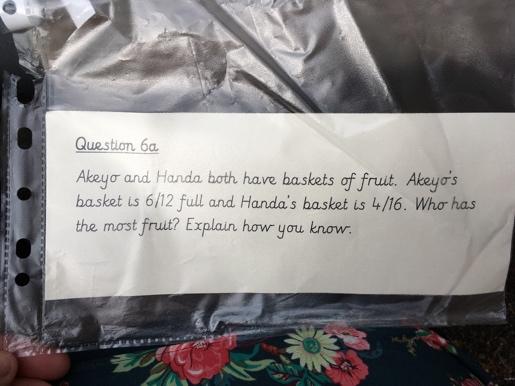
The opportunities are endless!
Where maths is concerned, we had a full week of basing our mathematical learning on this Handa’s Surprise.
The everyday maths activities we did ranged from a maths trail outdoors for Year 5 and 6, focusing on fractions, decimals and percentages, to telling mathematical stories in Reception, trough to number bonds for Year 1 and 2.
Everyday Maths from Lighthouse Keeper’s Lunch
We have also recently used the Lighthouse Keeper’s Lunch to:
- Solve problems involving angles (well, actually they were the beams of light from the lighthouse) in Year 4
- double and halve the number of sandwiches in Reception;
- have a balanced argument about if Mr Grinling was fair in his approach to stopping the seagulls eating his lunch in our assemblies.
Whether you use stories, news feeds or local businesses, there are always exciting and fun ways in which problem solving and reasoning can be brought to life, and when this happens, the learning is magnified.
Let Your Pupils Discover the Cross Curricular Learning Inspiration
I have always been surprised by the ideas that children come up with, so if you are reading something in class, why not ask them how they could link a picture book to your current maths topic?
They often think much more laterally than me, picking up obvious links, and always highlighting something current that they are interested in.
From there, I take out my question stems linked to Bloom’s Taxonomy, and make sure I use lots of the higher-order questions… analysis, synthesis and evaluation.
I have found that the more attractive the ‘hook’ the deeper the questioning can go, and the greater the impact on the other side of the desk.
If you are looking for an intervention to compliment your cross-curricular lessons, take a look at how Third Space Learning’s 1-to-1 interventions can make a difference for your target pupils.
Further Reading:
- 20 Maths Strategies That We Use To Guarantee Progress For Any Pupil
- 19 Fun Maths Activities For The End Of Term
- We’ve Changed The Way We Teach Maths, And Here’s What You Can Learn From It
- 10 Ridiculously Fun Maths Lessons To Teach KS2
How Third Space Learning’s 1-to-1 maths interventions use the principles of cross-curricular learning to harness children’s interests
Here at Third Space Learning we are huge advocates of bringing everyday maths into lessons to increase both engagement and enjoyment amongst pupils, and this is something we are very good at doing in our 1-to-1 lessons.
By taking our interventions online, we are able to quickly and easily adapt each and every maths lesson to make it relevant to things that are happening in that pupil’s life. Whether it is the World Cup or a new family puppy, each of these events is an opportunity to bring everyday maths to the fore!
Our tutors work with your pupils on a weekly basis to help plug gaps and increase confidence, and this means that you have one fewer thing to worry about during lesson time. If you’re interested in finding out more about the effectiveness of the 1-to-1 we give 7,000 UK primary pupils every week, just give us a ring on 0203 771 0095 or book a demo here.
DO YOU HAVE PUPILS WHO NEED MORE SUPPORT IN MATHS?
Every week Third Space Learning’s maths specialist tutors support thousands of students across hundreds of schools with weekly primary school tuition designed to plug gaps and boost progress.
Since 2013 these personalised one to one lessons have helped over 150,000 primary and secondary students become more confident, able mathematicians.
Learn about the emphasis on building a positive maths mindset or request a personalised quote for your school to speak to us about your school’s needs and how we can help.

